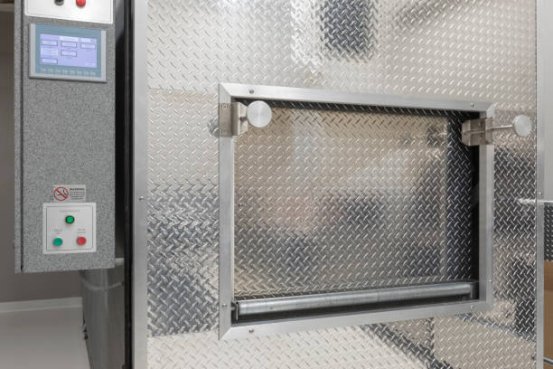Funeral
Understanding Cremation: Process, Costs, and Key Factors
Cremation is becoming a widely chosen alternative to burial. Selected for cultural, religious, or personal reasons, it offers flexibility, affordability, and a respectful way to honor loved ones. Knowing what cremation involves can help families make informed choices about the process, costs, and memorial options.
Cremation is becoming a widely chosen alternative to burial. Selected for cultural, religious, or personal reasons, it offers flexibility, affordability, and a respectful way to honor loved ones. Knowing what cremation involves can help families make informed choices about the process, costs, and memorial options.

What is Cremation?
Cremation is a method of final disposition where a deceased person’s body is reduced to ashes through intense heat. Unlike burial, where the body is interred in the ground, cremation uses high-temperature incineration to return the body to its basic elements. The resulting remains, known as “cremains,” are collected and presented to the family in an urn or other container.
Cremation can stand alone or be paired with a memorial service. Many families hold ceremonies either before or after cremation, giving loved ones an opportunity to gather, reflect, and say goodbye. The ashes may then be kept, scattered, buried, or even incorporated into keepsakes or memorial art.
The Cremation Process
The process begins with placing the body into a cremation chamber made of fire-resistant material. Temperatures between 1,400 and 2,000 degrees Fahrenheit reduce the body through combustion, oxidation, and evaporation. This typically takes two to three hours, depending on the body size and chamber conditions.
Afterward, metals such as surgical implants or casket parts are separated. The remaining bone fragments are cooled, then processed into a fine powder, creating the cremains. These are placed in an urn or container of the family’s choosing, after which the family decides whether to scatter, store, or inter them.
Steps Before and After Cremation
Before cremation, certain legal procedures must be followed. A death certificate is issued, and the body is identified by a relative. In some areas, laws require a 24-hour waiting period. Medical devices such as pacemakers are removed for safety. The body is then placed in a combustible casket or container for cremation.
Following cremation, the ashes are returned to the family. They can be preserved in an urn, scattered in a meaningful place, placed in a columbarium, or buried. Families increasingly choose creative memorials, such as jewelry or artwork incorporating cremains.
Cremation vs. Traditional Burial
Many families are drawn to cremation for its affordability and adaptability. Traditional burial often includes costs for embalming, caskets, headstones, and cemetery plots, which can be substantial. Cremation, in contrast, provides a range of options—whether a full memorial service before cremation or a private scattering afterward.
Cremation also appeals to those concerned about environmental impact, as it avoids embalming chemicals and reduces land use compared to burial.
Cremation Costs
Costs vary by region, services, and choices made. A direct cremation, which includes only the cremation and a basic container, typically ranges from $600 to $2,000. This is the most budget-friendly option as it excludes embalming, caskets, and burial expenses.
With added elements such as viewings, rented caskets, or ceremonies, cremation may cost between $3,000 and $7,000. Custom urns, keepsakes, or unique memorial options may add to the price. For comparison, a traditional burial usually costs between $7,000 and $12,000, making cremation a more affordable choice overall.
Legal and Religious Considerations
Families should be aware of both legal and religious perspectives before choosing cremation. Some Christian denominations have historically discouraged it, while others now accept it. In Hinduism, cremation is an integral ritual. Legal steps such as identity verification and cremation authorization ensure that families receive their loved one’s ashes with accuracy and respect.
Conclusion
Cremation provides a meaningful, practical, and increasingly common way to honor a loved one. It allows flexibility in memorialization, from formal ceremonies to creative keepsakes, while also being more cost-effective than burial. By understanding the process, expenses, and legal requirements, families can make choices that reflect their values and provide comfort during a difficult time.
How do you like this article?




